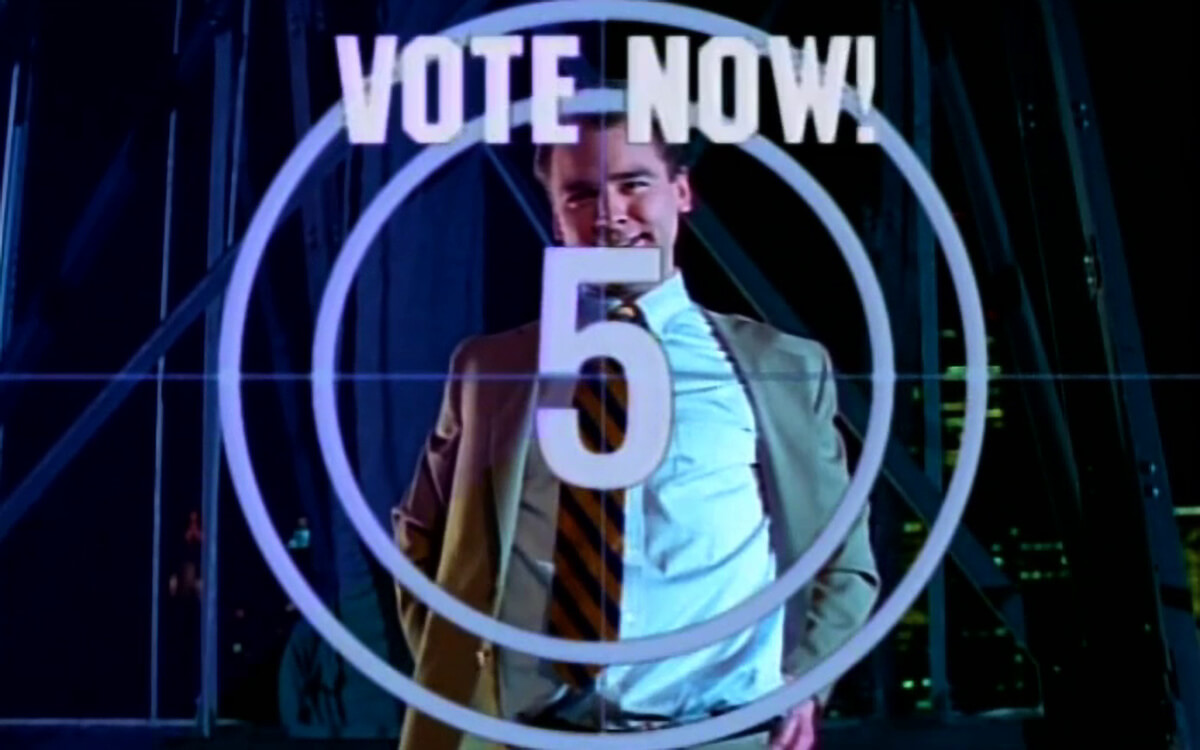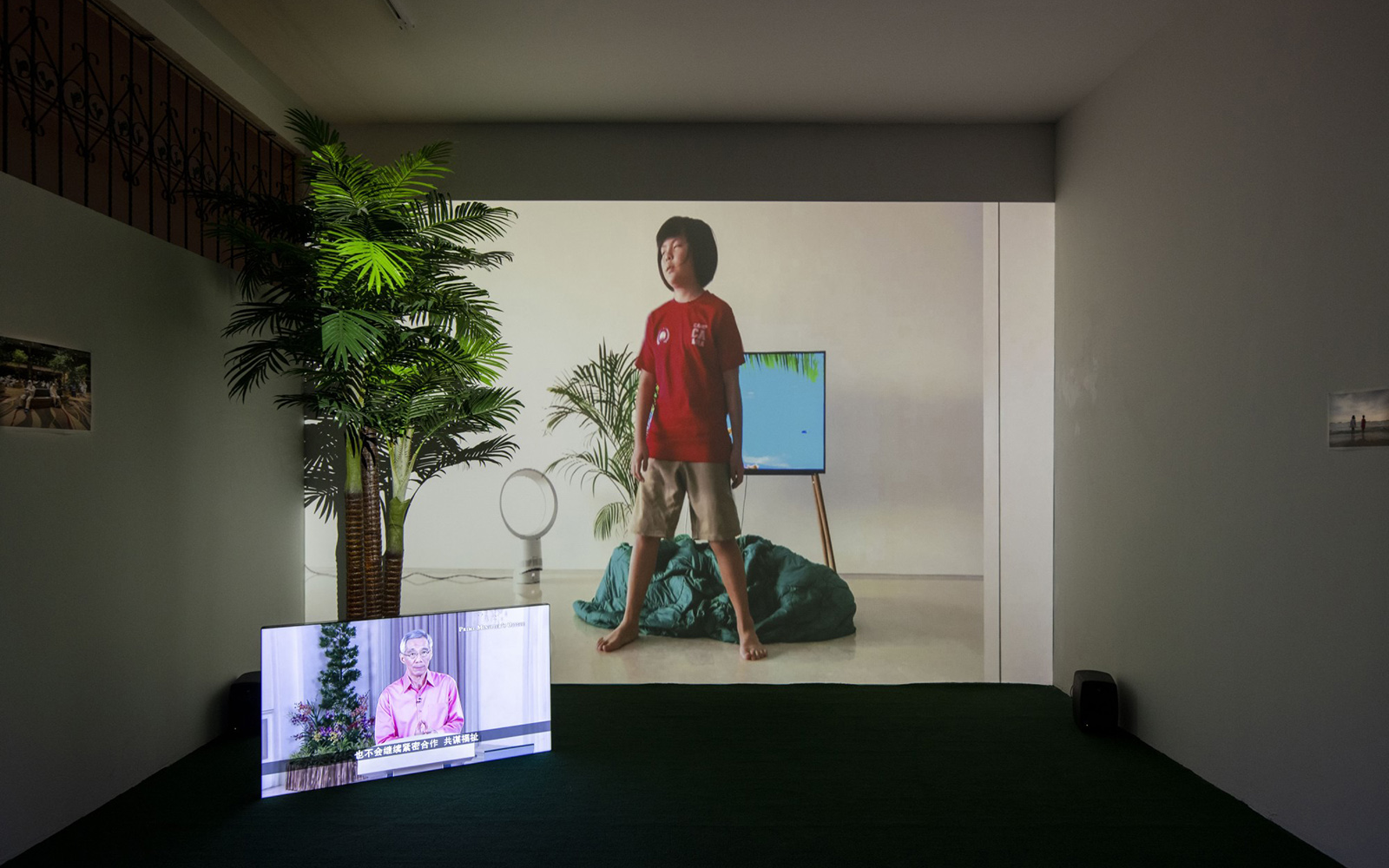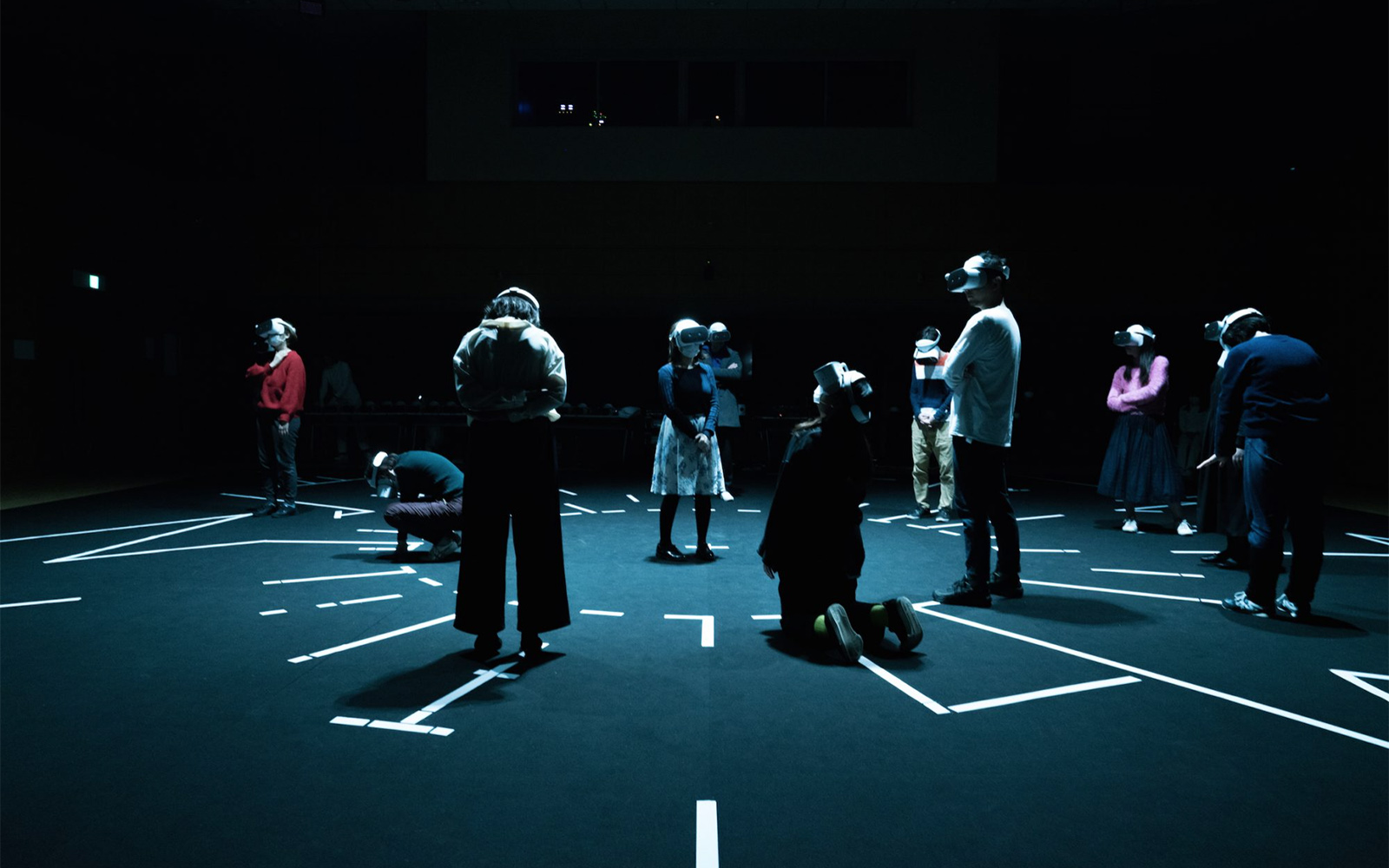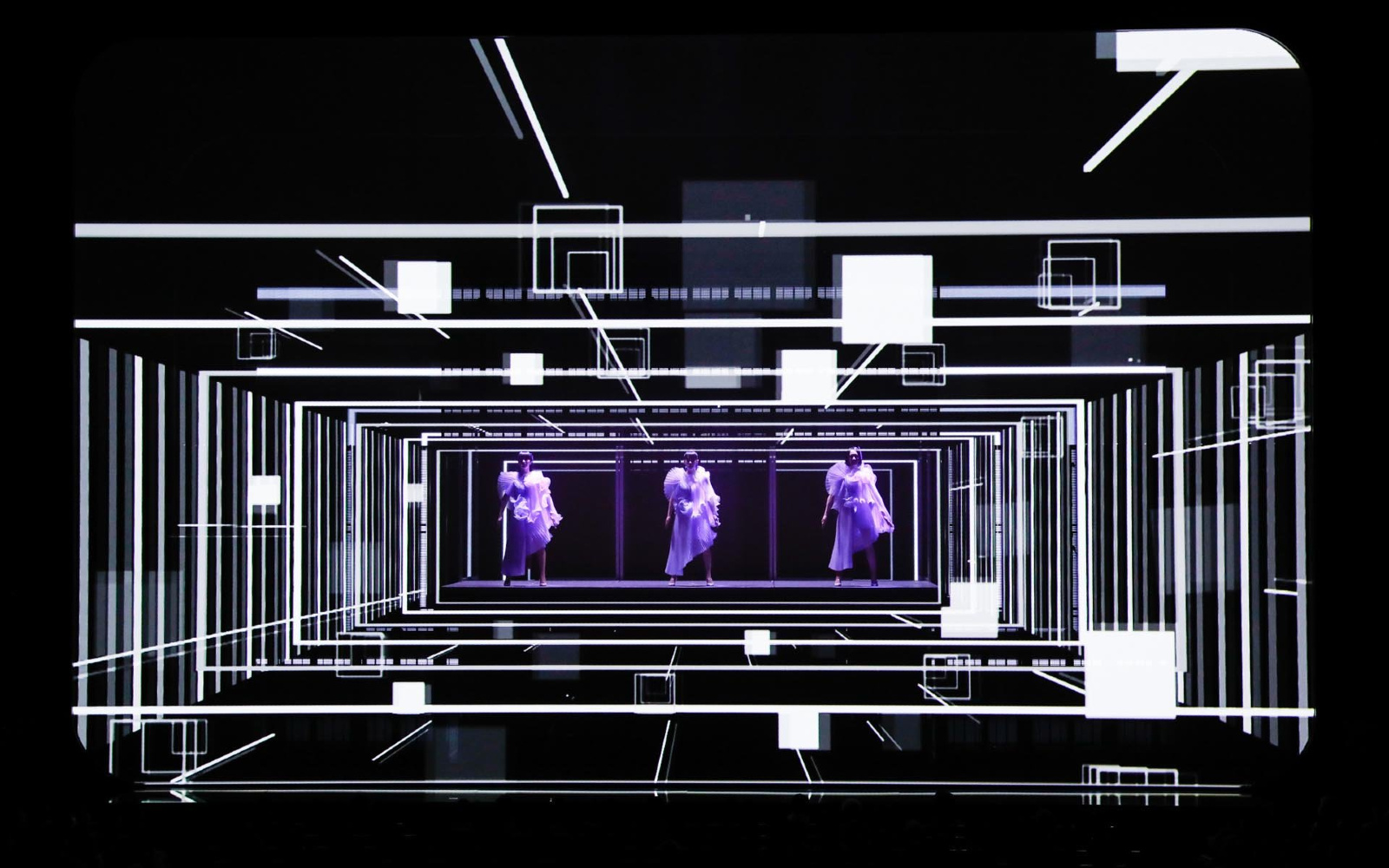Kwon Hayoun’s Shared VR Choreography Kicks off “Multiverse”
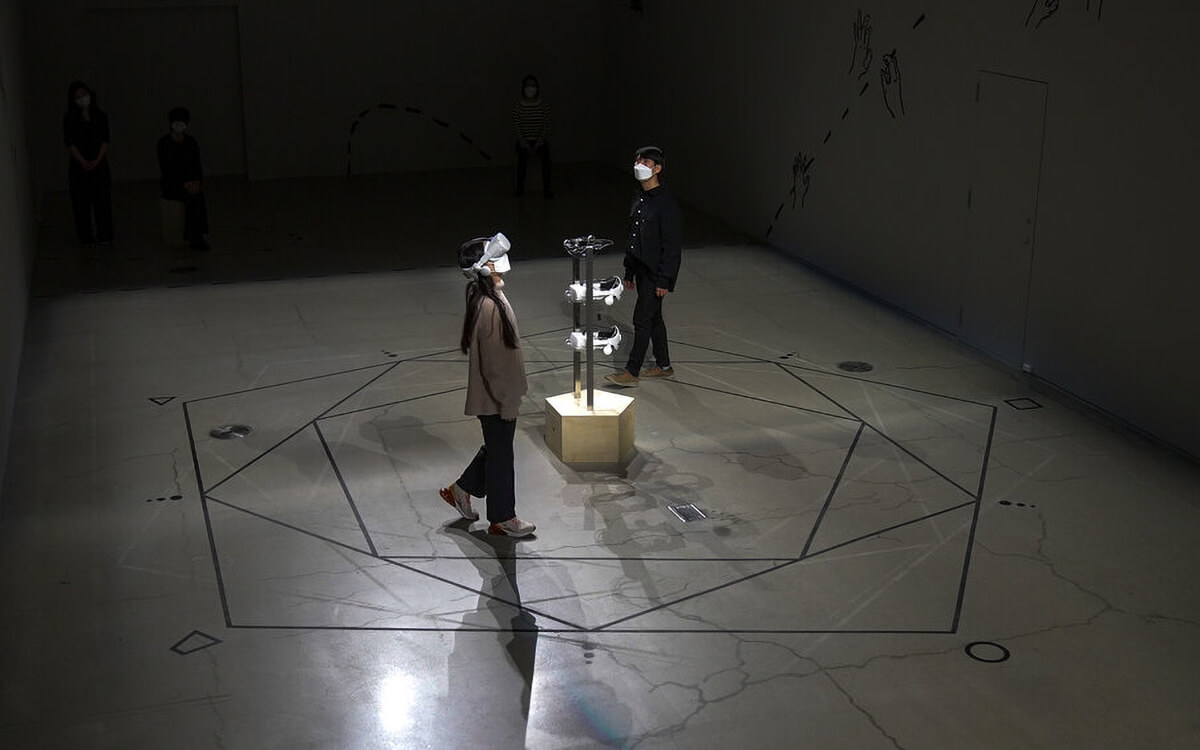
Seoul’s National Museum of Modern and Contemporary Art (MMCA) kicks off its year-long exhibition rally “Multiverse” with a new participatory VR installation by Kwon Hayoun. XXth Attempt towards the Potential of Magic explores connection and embodiment by overlapping realities as performers lead audiences with and without VR headsets in the creation of a shared choreography. Future “Multiverse” artists include Seo Hyun-suk, An Jungju, Jun Sojung, and Kimchi and Chips.

Metadata:
/
/
/
